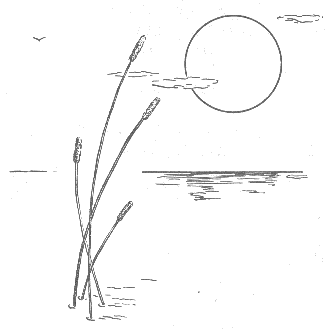
The practical solution to the problem of continuously enjoying our lives is to re-train our biocomputers so that the first response to a life situation is to harmonize our energies with the outside world instead of trying to force the outside world to fit our inner patterns. Unconditionally loving communication (which is not addicted to results) will usually permit the adjustments to occur that we need for harmonizing our energies. Every addiction leaves us vulnerable; preferences enable us to continually enjoy life. When our biocomputers operate from preferential programming, our happiness is not affected — regardless of whether the outside world fits our preferences or not. This permits us to enjoy the here and now of our lives, to remain centered at all times, to love unconditionally, to avoid subject-object manipulation, to feel secure and invulnerable, to increase our insight and perceptiveness and to feel at home in the world.
When our biocomputers are retrained to interact with our world in these ways, we find that life gives us the optimum in security, sensations, power and love. The Living Love Way does far more than enable a person to passively adjust to the here and now of his or her life; it is a dynamic system for retraining one’s consciousness to live an effective life that is continuously enjoyable.
This page is posted |
http://mindprod.com/livinglove/handbook/appendix1.html | |
Optional Replicator mirror
|
J:\mindprod\livinglove\handbook\appendix1.html | |
 |
Please read the feedback from other visitors,
or send your own feedback about the site. Contact Roedy. Please feel free to link to this page without explicit permission. | |
| Canadian
Mind
Products
IP:[65.110.21.43] Your face IP:[216.73.216.139] |
| |
| Feedback |
You are visitor number | |